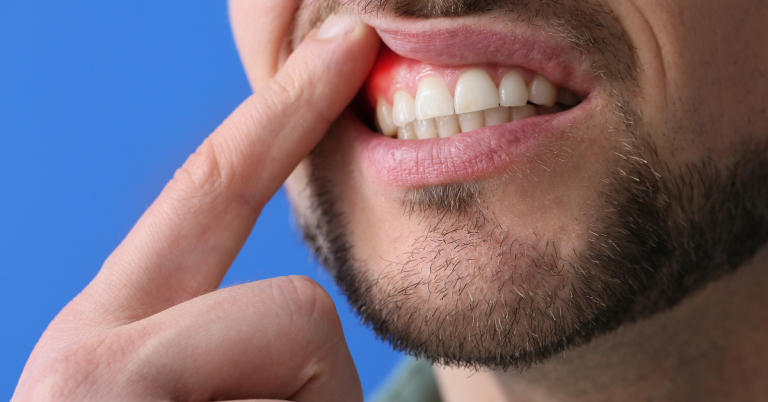

Gum disease, also known as periodontal disease, affects millions of people worldwide. It is a common oral health issue that can lead to serious complications if left untreated. In this article, we will explore the symptoms, treatment options, and prevention methods for gum disease, providing you with the knowledge to take care of your oral health effectively.
Gum disease is an infection of the tissues that surround and support your teeth. It occurs when bacteria in the mouth combine with mucus and other particles to form a sticky film called plaque. If not removed through regular brushing and flossing, the plaque can harden into tartar, leading to inflammation and infection of the gums.
The early stages of gum disease, known as gingivitis, often present with mild symptoms. These may include red, swollen, or tender gums, as well as bleeding during brushing or flossing. You may also notice that your gums appear to be receding or pulling away from your teeth. Bad breath, despite regular oral hygiene, is another common symptom. Some individuals even experience a random metallic taste in their mouth, which can be attributed to the presence of bacteria and the resulting infection.
As the disease progresses, more severe symptoms may arise. These can include loose teeth, changes in your bite or the way your teeth fit together, and the formation of deep pockets between the teeth and gums. If left untreated, gum disease can ultimately result in tooth loss.
Fortunately, gum disease can be treated and managed with the right interventions. The specific treatment plan will depend on the severity of the disease and may require the expertise of a dental professional. In mild cases, a professional dental cleaning, combined with improved oral hygiene practices at home, may be sufficient to reverse the condition.
For more advanced gum disease, additional treatments may be necessary. These can include deep cleaning procedures such as scaling and root planning, which remove plaque and tartar from below the gum line.In some cases, surgical interventions might be required to repair damaged tissues or regenerate bone loss. Your dentist will evaluate your specific condition and recommend the most appropriate treatment options for you.
Preventing gum disease starts with maintaining good oral hygiene habits. Brushing your teeth at least twice a day with fluoride toothpaste and flossing daily are crucial steps in removing plaque and preventing its buildup. It is essential to use a soft-bristled toothbrush and gentle, circular motions to avoid irritating the gums.
Regular visits to the dentist for professional cleanings and check-ups are also essential for early detection and treatment of gum disease. Your dentist will examine your gums, check for any signs of inflammation or infection, and provide guidance on maintaining optimal oral health.
Additionally, a healthy lifestyle can contribute to gum disease prevention. Avoiding tobacco products is vital, as smoking weakens the immune system and makes it harder for the gums to heal. A balanced diet rich in fruits and vegetables provides essential nutrients for gum health. Lastly, managing stress through exercise, relaxation techniques, or counseling can help reduce the risk of gum disease, as stress weakens the body’s ability to fight off infections.
Do you taste blood in your mouth while running (Read: Taste Blood When Running?)